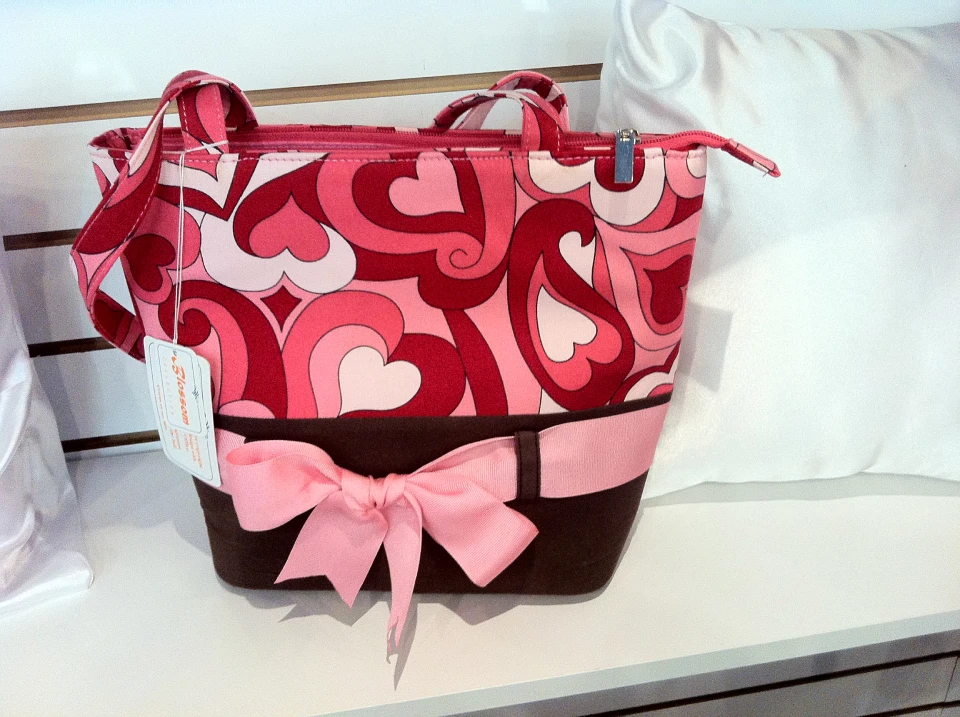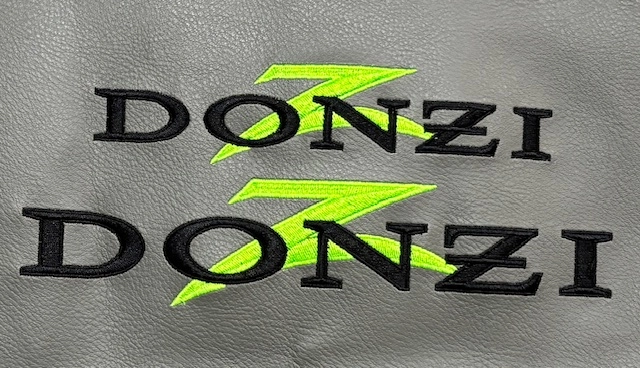Personalized School Uniforms with High-Quality Embroidery Services
Personalized School Uniforms with High-Quality Embroidery Services
Blog Article
The Art of Customized Needlework: Unlocking the Secrets to Creating Unique and Unforgettable Styles
Needlework, a craft steeped in tradition and artistry, holds within its detailed stitches the power to transform textile into a canvas of unique expression. The keys to producing customized needlework designs that astound the eye and leave a long-term impact depend on a delicate balance of method, creativity, and interest to detail. As we explore the globe of custom-made embroidery, we discover the nuanced interaction in between string option, sew complexity, and layout personalization that boosts a mere garment to a masterpiece. Join us on a journey with the art of customized embroidery as we decipher the secrets behind crafting really memorable and distinct productions.
Selecting the Right Needlework Threads
When selecting embroidery threads, what essential aspects should you take into consideration to guarantee the most effective outcomes for your custom designs? The option of embroidery string is crucial in establishing the last outcome of your stitched design. Among the main considerations is the product of the thread. Different materials such as cotton, polyester, rayon, and silk use varying degrees of shine, toughness, and appearance. It is vital to choose a thread product that complements the material you are embroidering on and lines up with the desired look of the design.
Thicker strings can add dimension and texture to your design, while finer threads are ideal for detailed details and little text. Furthermore, taking into consideration the color fastness and washability of the thread is important to guarantee that your custom designs preserve their high quality and vibrancy over time.
Checking Out Various Stitch Methods
To delve right into the world of 'Exploring Different Stitch Strategies', one should understand the ins and outs and subtleties that each sewing method gives the art of needlework. Various stitch techniques not only include aesthetic rate of interest however additionally add to the general appearance and dimension of the layout. One preferred stitch method is the satin stitch, which includes closely jam-packed parallel stitches to produce a smooth and shiny surface area, perfect for completing forms and creating bold outlines.
On the other hand, the backstitch is a versatile technique usually utilized for describing and including great information. It includes stitching in reverse to produce a solid line of needlework. Furthermore, the French knot stitch adds a tactile component to layouts, perfect for creating textured accents like flower facilities or decorative touches.
Discovering different stitch methods allows embroiderers to have fun with light, shadow, and depth within their designs, boosting the aesthetic charm and creative high quality of their needlework projects. By understanding different stitching approaches, one can unlock countless possibilities for creating unique and unforgettable personalized needlework pieces.
Incorporating Personalized Layout Elements
Having checked out the ins and outs of different stitch techniques such as the satin stitch, backstitch, and French knot, the focus currently shifts towards including personalized layout aspects in customized a fantastic read needlework tasks. Individualized layout components play a vital role in making embroidery tasks really one-of-a-kind and memorable.
Another way to incorporate customized design aspects is by including symbols or concepts that hold special meaning to the recipient or mirror their passions and individuality. Integrating a preferred flower, animal, or hobby-related icon can mens tailor near me make the embroidery design much more significant and individualized. Furthermore, selecting colors that reverberate with the recipient or line up with the desired style can further enhance the customization of the needlework project.
Mastering the Art of Shade Coordination

One secret facet of color control is understanding shade concept. This consists of knowing exactly how various colors interact with each other, the feelings they communicate, and how they can be combined to create visually enticing styles. By using shade theory principles, embroiderers can develop unified shade palettes that enhance the overall look of the layout.
Furthermore, paying attention to contrast is critical in shade sychronisation. Utilizing contrasting shades can aid specific components of the layout pop, improve legibility, and create an aesthetically vibrant embroidery item. By understanding the art of shade sychronisation, embroiderers can raise their layouts and develop unforgettable pieces that reverberate with customers and viewers alike.
Enhancing Appearance With Advanced Embroidery Stitches

French knots, as an example, are excellent for including tiny, increased dots to your style, imitating the appearance of beads or creating a distinctive surface area. Bullion knots, on the other hand, can be utilized to produce twisted, ropelike components that include an extravagant feel to the needlework. Seed sewing involves small, scattered stitches that can fill out locations with a speckled appearance, while turkey job creates cosy, dimensional accents evocative pet hair or foliage. Exploring with these innovative needlework stitches enables you to press the borders of conventional embroidery and create absolutely special and aesthetically attractive textures in your layouts.
Conclusion
To conclude, the art of custom-made needlework involves a mix of choosing the right strings, checking out different stitch strategies, incorporating tailored layout aspects, grasping color control, and boosting structure with innovative stitches. By recognizing and executing these crucial elements, embroiderers can produce special and remarkable designs that display their imagination and ability. Needlework fanatics can open the secrets to developing attractive and custom pieces that attract attention and leave an enduring impact.
Report this page